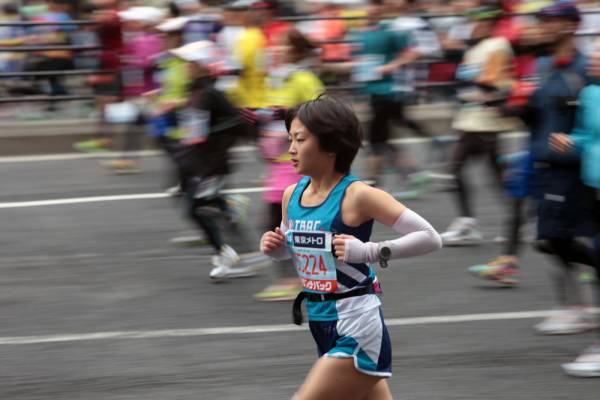Most runners know they need to develop strength in order to excel at running and reduce the risk of injuries. But size can sometimes come with strength, which can reduce running performance if taken too far.
In a recent Journal of Strength and Conditioning Research paper, investigators examined the role of muscle size in running performance and injury prevention.
What the research says:
- Bone health was significantly improved in subjects with more lean muscle.
- Researchers recommended resistance training and plyometrics for runners.
![]()

Background
Endurance sports have a high degree of repetitive action that can wear on the joints and bones of the athletes. Running in particular is well known for this effect, due to the constant impact with the ground.
The flip side of this phenomenon is that the impact associated with running also improves bone density. The Journal study was interested in the interplay between muscle size, bone quality, and body composition in distance runners.
Study Design
36 Division I male and female cross country runners were examined for this study. Their stress fracture histories were taken, and their best performances were measured after the season was over. These values were compared to several measures taken in the lab. Bone density and composition were analyzed, as well as total lean mass, muscle size in the leg, and fat mass.
Results
The researchers discovered numerous physical correlations that we would expect. For example, more bodyweight corresponded with more lean muscle mass, and lean mass was positively correlated with improvements in bone mineral density and composition in both men and women. However, the number of correlations that yielded improvements in performance were few.
RELATED: Weight Training Basics for Runners
The researchers also noted the difference between genders. In the women, none of the studied variables correlated to performance. For the male runners, there were a few interesting relations between the data. Higher fat mass was positively correlated with performance in 10k races, and a higher percentage of body fat correlated to better performance in 5k races. More body fat wasn’t correlated with higher bodyweight in this study.
Recommendations
The results showed that bone health was significantly improved by larger and stronger muscles. Further, it takes physical preparation to achieve the level of the participants in the study, which is benefited by strength training. To that end, the researchers of this study recommended resistance training and plyometrics for runners.
Overall, the current study demonstrates a potential support for improving muscle size and quality for improving athletic performance and injury prevention. As a result, measuring muscle characteristics, in addition to body composition, may be an important tool to utilize for identifying injury risk in high-volume athletes.
LEARN MORE: Finding Your Ideal Weight: How Getting Leaner Kills Performance
References:
1. Erica Roelofs, et. al., “Muscle Size, Quality, and Body Composition: Characteristics of Division I Cross-Country Runners,” Journal of Strength and Conditioning Research 2014, DOI: 10.1519/JSC.0000000000000729
Photo courtesy of Shutterstock.






